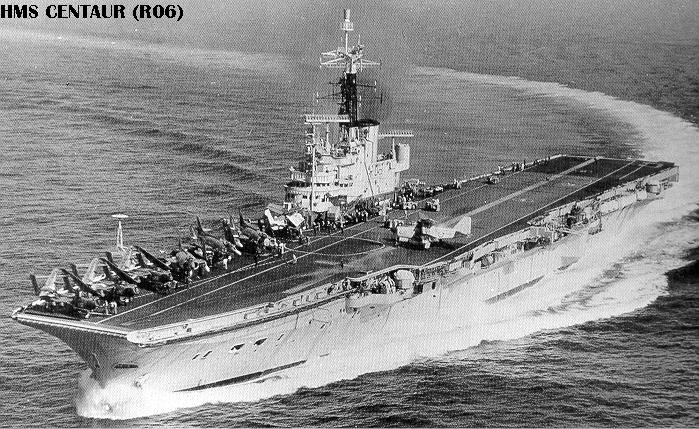I believe that to be incorrect, Underway.
The length of a ship has no bearing on top speed for displacement hull. What does is the beam-to-length ratio. The smaller the ratio (where 1 to 10 is a smaller ration than 1 to 5, for instance), the faster a ship will be
for a given power level, so long as you have an equally efficient hull form (obviously a small ratio with a blunt, square bow won't help you go fast).
But that is for a given amount of propulsion force, and for vessels of similar weight. All of these play in the picture.
Compare the old steamers with the IROs for instance: The Sallyrands achieved 28 Kts with a 1 to 8.7 ratio and 30,000 HP to push them along (I'll use shaft HP for all my examples). At 60 feet longer, by your logic, the IROs should have been faster. In fact they were marginally so with an extra 1.5 Kts. But they did so with an equivalent ratio of 1 to 8.5, but required an extra 20,000 HP to do so (50,000 HP).
The Arleigh Burke's can actually keep up with the US carriers, BTW, with top speeds above 32 Kts. That would seem to follow your logic, since they are 85 feet longer than the IROs. However, they need twice the power of the IROs to achieve it, at 105,000 HP. They have a beam-to-length ration of 1.78.
This last ratio is actually the same as that of a US carrier. But a US carrier needs 260,000 HP to achieve that speed. That amount of power (which, incidentally, only a steam turbine can give you, sorry GT's

) is the only thing that give these warships their speed.
A useful comparison is a US carrier with an Maersk company EEE class: The Emma Maersk has a ratio of 1 to 7. A little greater than a carrier, but of comparable overall size with a Nimitz class. The E.M. achieves 25 Kts on 110,000 HP. You can see that the Nimitz class needs 150,000 extra HP just to achieve the last 7 Kts of her speed. This means that the Nimitz needs its last 60% of power to achieve her last 23% of speed.
This is normal, as speed increases, the amount of power required to go faster through the water grows exponentially. A good example is our own MCDV's: they can achieve 14 Kts with the first three DG's running, but running the fourth DG (for a 25% increase of power) only gives you an extra 1.5 Kts.




